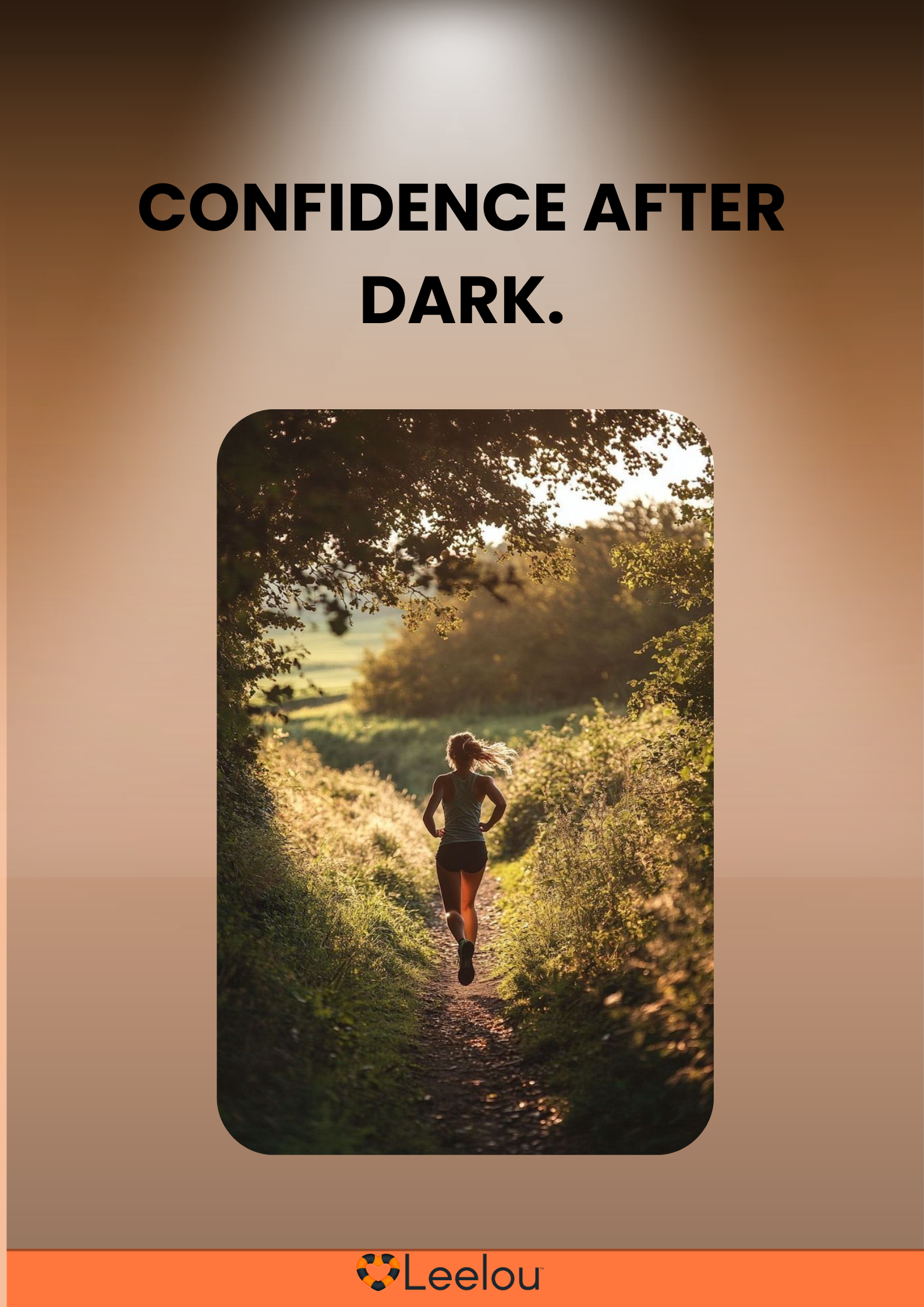Walking in the evening can be a peaceful and empowering experience, but for women and children, it also presents unique safety challenges.
With a few proactive steps and a mindful approach, you can significantly reduce risks and walk with greater confidence and security. Here are evidence-based tips and strategies to help keep women and children safe while walking after dark.
1. Plan Your Route and Share It
Before heading out, plan your route in advance. Choose well-lit, busy streets and avoid shortcuts through alleys, dark parking lots, or isolated areas where visibility is limited and help may not be readily available. If possible, vary your routes and times to prevent predictability, which can deter someone with ill intentions from learning your habits. Always let a trusted friend or family member know when and where you’re going, and share your estimated arrival time. Many safety apps now offer features that allow you to share your live location with trusted contacts, providing added peace of mind.
2. Stay Alert and Limit Distraction
Maintaining awareness is your best defense. Keep your phone in your pocket and avoid using headphones, which can block out important sounds and make you less aware of your surroundings. Stay engaged with your environment watch for cars, other pedestrians, and any unusual activity. If something or someone makes you uncomfortable, trust your instincts and change your route or seek help immediately.
3. Dress for Visibility and Mobility
Wear bright or reflective clothing to increase your visibility to drivers and others, especially in the evening hours. Reflective vests, bands, or even shoes with reflective strips can make a significant difference. For children, this is especially important dark clothing can make them nearly invisible to motorists at night. Choose comfortable shoes that allow you to move quickly if necessary, and avoid wearing expensive jewelry or accessories that could attract unwanted attention.
4. Walk in Groups When Possible
There is safety in numbers. Walking with a friend, family member, or group not only deters potential threats but also makes the walk more enjoyable. For children, encourage walking with siblings or friends, and remind them to stick together and look out for one another. If you must walk alone, consider bringing a dog along for companionship and added security.
5. Stick to Well-Lit and Populated Areas
Whenever possible, choose routes that are well-lit and have steady foot traffic. Busy streets with shops, homes, or businesses provide more opportunities for asistance if needed and are more likely to be monitored by security cameras. Avoid deserted streets, vacant lots, or areas with poor lighting, even if it means taking a longer route.
6. Carry Personal Safety Devices
Equip yourself with non-violent deterrents such as a personal alarm, whistle, flashlight, or pepper spray (where legal). These tools can startle an attacker, attract attention, and give you precious seconds to escape. Make sure these items are easily accessible, not buried at the bottom of a bag, so you can use them quickly if needed. Teach children how to use a whistle or alarm and practice what to do in an emergency.
7. Teach Children Essential Safety Habits
Children should be taught to:
- Always use sidewalks or walk facing oncoming traffic if sidewalks are unavailable.
- Look both ways before crossing and use crosswalks and pedestrian signals.
- Stay alert, avoid distractions, and never talk to strangers unless they are “safe strangers” like police officers or teachers.
- Walk in groups and wear bright or reflective clothing.
- Make eye contact with drivers before crossing the street.
- If approached by a stranger, children should follow the “No, Go, Yell, Tell” protocol: say no, run away, yell loudly, and find a trusted adult.
8. Trust Your Instincts
Your intuition is a powerful safety tool. If something feels off, don’t hesitate to change your course, enter a nearby business, or call for help. It’s better to err on the side of caution.
9. Keep Essentials Handy
Carry your phone, keys, and a small flashlight in an easily accessible pocket or hand2. Make sure your phone is charged before heading out, and have emergency contacts saved for quick dialing.
10. Avoid Risky Behaviors
Don’t wear flashy jewelry, avoid carrying large amounts of cash, and never accept rides from strangers. For both women and children, these simple precautions can make a significant difference in overall safety.
By following these practical tips, women and children can enjoy the benefits of evening walks while minimizing risk. Empower yourself and your loved ones with knowledge, preparation, and the right tools to stay safe after dark.
